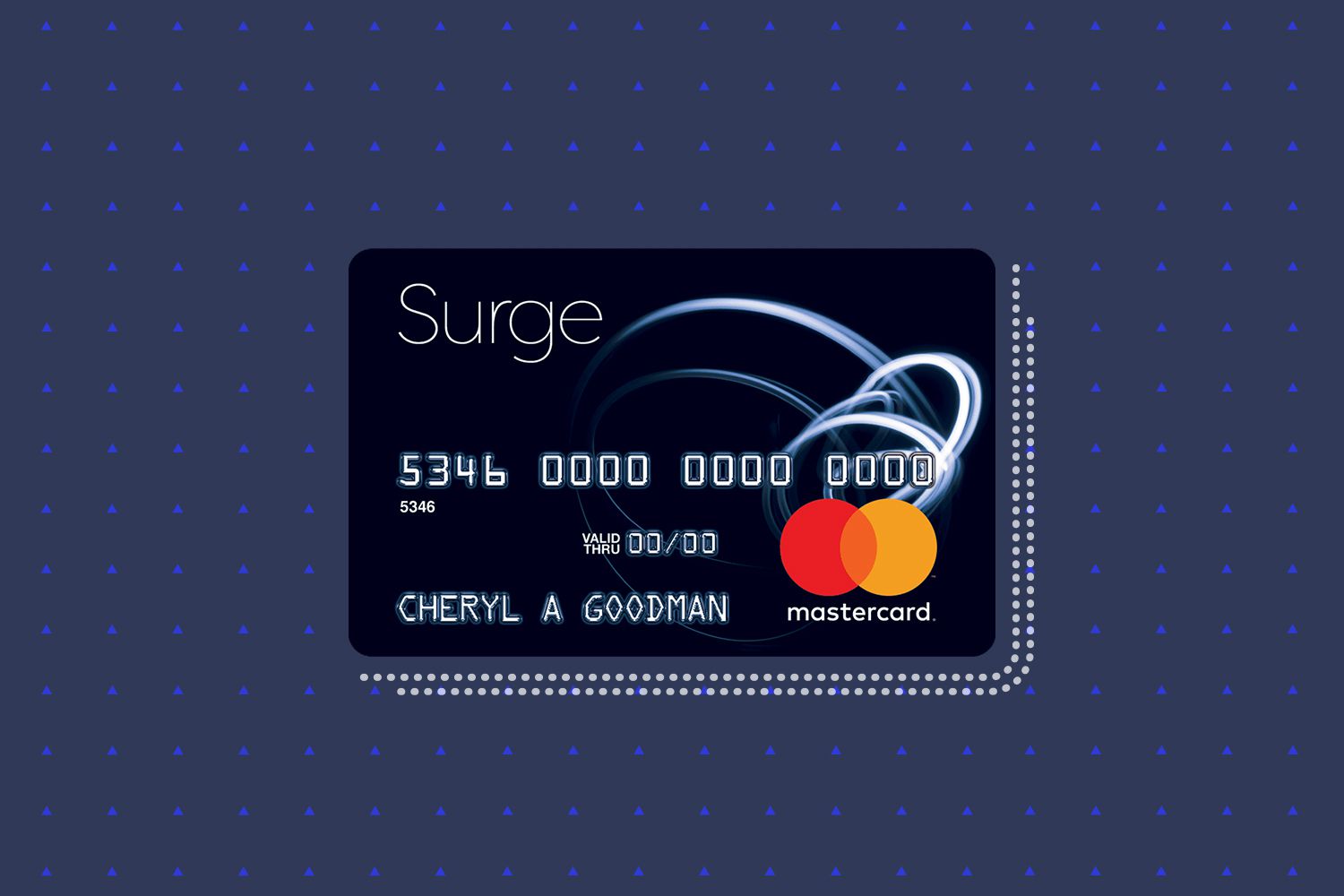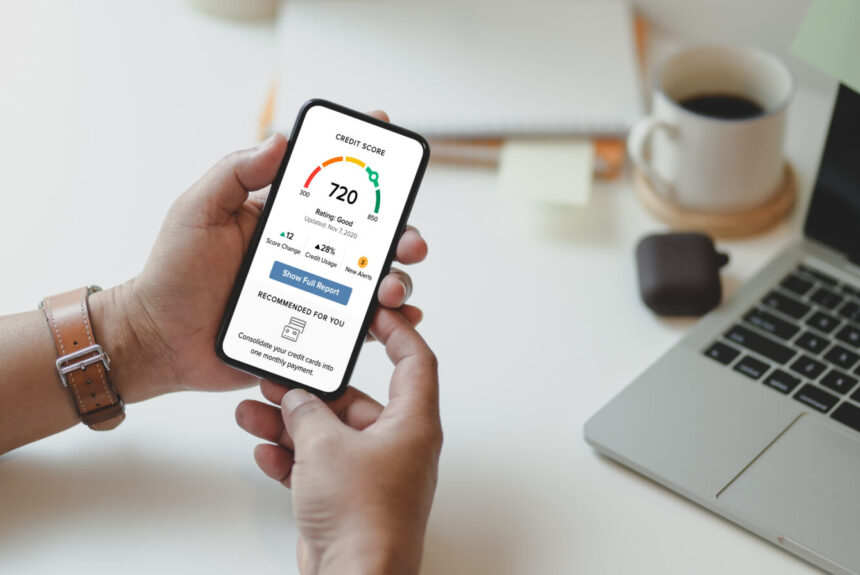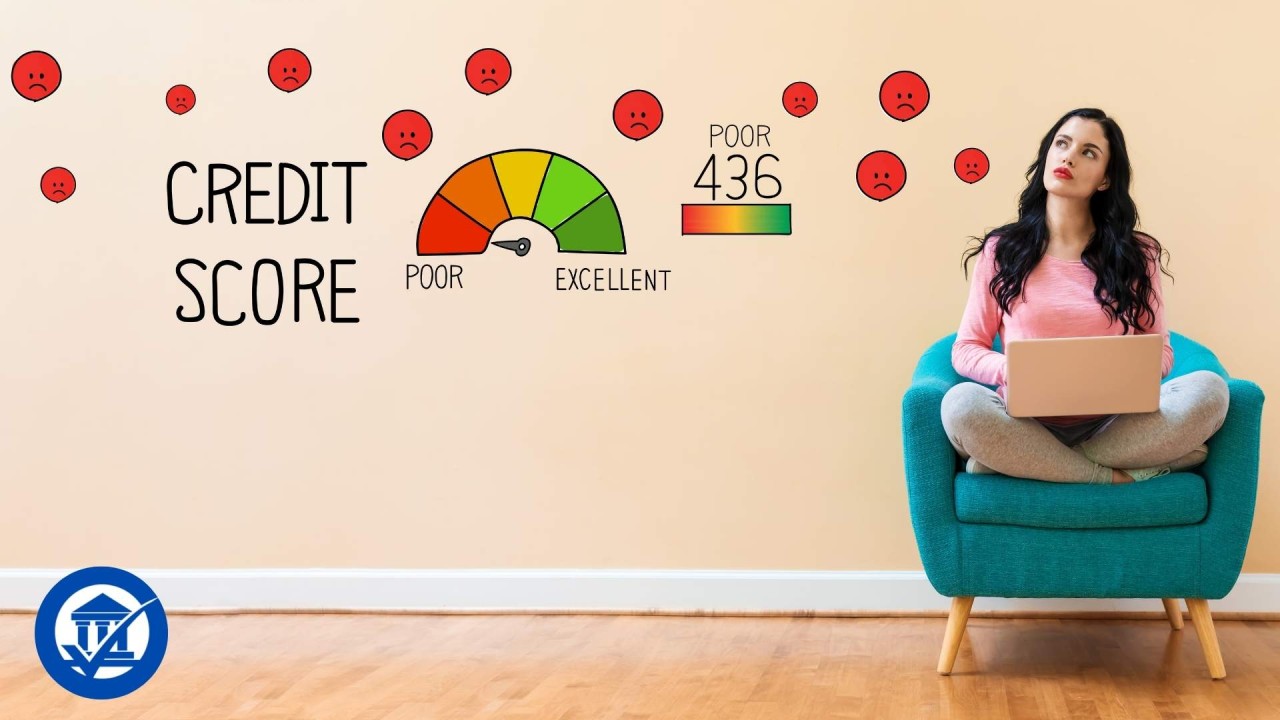
You may be concerned about your ability or inability to regain credit after you file bankruptcy. Although it might be natural to want new credit lines and to improve your credit score, it is essential to pay off all your existing debts. The information in bankruptcy counseling programs should also include advice on budgeting and debt reduction. You can also get help from nonprofit credit counseling agencies like those affiliated with National Foundation for Credit Counseling.
Paying bills on time
Paying your bills on-time is a key aspect of credit repair after bankruptcy. Your FICO score is 35% affected by your payment history. This means that timely payments are crucial for your rebuilding. It is also a good idea to limit your monthly expenses. Limiting your monthly purchases will help you stay on top of your bills and break the debt cycle.
One of the best ways to rebuild your credit after bankruptcy is to start by paying off any outstanding debt. Once your debt is paid off, the next step is to build an emergency fund. You should be spending less than your income, so it is important to have some money set aside to pay unexpected expenses.
Secured credit cards
Secured credit cards are one of the best options to rebuild credit following bankruptcy. These cards require a deposit equal to or greater than the credit limit on the card. This deposit can't be refunded unless your card is closed or upgraded. These cards can help improve your credit score and establish a strong credit record.

This card is easy after bankruptcy, as the credit limit is only the amount of your security deposit. Unsecured card cards, on contrast, do not check your credit rating and may even allow you to get credit after bankruptcy. The downside of these cards is the high fees and punishing interest rates.
Using Peer to Peer loans
Lenders often be wary of people who declare bankruptcy. The reason is that their prior loans have been liquidated entirely or partially and they are now in serious financial trouble. If you are able to follow some basic guidelines, rebuilding your credit can still be possible after bankruptcy. To begin, you must be honest about what is happening and show evidence that your financial habits have changed. It is also important to show that you have saved money.
One of the most important steps in the process of rebuilding credit after bankruptcy is ensuring that your credit report is clean and current. The three largest bureaus will provide a free copy of your credit file. Next, correct any errors.
Offsetting negative information on your credit report
It is possible to start rebuilding your credit history even though bankruptcy may leave your credit score in a bad place. There are many steps you can take to restore your credit immediately after filing for bankruptcy, including signing up for a free credit report and score. Even if credit isn't good, it can be rebuilt in just a few weeks.
You can start by writing to credit agencies to dispute inaccurate information. Fair Credit Reporting Act states that credit reporting agencies are required to investigate disputes and rectify inaccuracies. The bureaus can also provide a note explaining their side of the story that will appear on future credit reports. You can keep the information on your credit report for seven year, so it is important to act immediately.

Applying to a new credit-card
To rebuild your credit, it is possible to obtain a new credit card. Credit card companies must report payment activity to credit bureaus. However, a low utilization rate will help you rebuild credit more quickly. It's best not to have any balance and to pay it immediately.
When rebuilding your credit after bankruptcy, you must show lenders that you're responsible with money. Credit score is heavily influenced by your credit card payments history. It's therefore important to responsibly use credit cards. While you can use a credit card to pay for things that you can afford to pay off immediately, you shouldn't overextend yourself and run up high APRs.